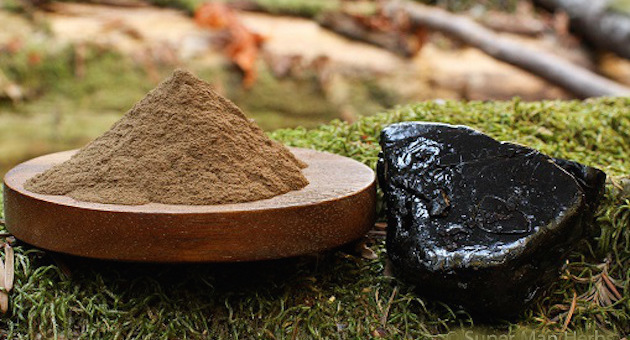| Online: | |
| Visits: | |
| Stories: |
The Himalayan Supplement so Nutrient Rich it’s Known as the ‘Nectar of God’
by Anna Hunt
Waking Times
The Himalayan Mountains have a sacred history closely tied to Tibetan Buddhism and other religions, and have shaped many of the cultures in South Asia. Within this mountain range, believed to be the abobe of Gods and Goddesses, from the cracks in between the rocks oozes a tar-like substance called Shilajit, name that means “nectar of God”.
The oral history of how indigenous tribes of the Himalayas found Shilajit, and why they decided to consume it, changes based on who is telling the tale. Over time it has become a coveted medicine throughout Asia and is a common ingredient in Ayurvedic treatments. Shilajit is essentially comprised of fresh and modified remnants of humus – the characteristic organic constituent of soils. This thick, black resin is formed out of over 6500 species of ancient plants that decomposed and compacted under the weight of the mountains.
Shilajit Benefits
Scientific study on Shilajit has shown that it is one of the most nutrient-dense substances in the world, with has least 85 minerals in ionic form, as well as triterpenes, humic acid and fulvic acid. This potent source of vitamins and trace minerals is a powerful adaptogen, helping to protect against all types of mental and physical stress and normalizing the body.
Read more »
Every Day is Earth Day
Source: http://www.riseearth.com/2015/08/the-himalayan-supplement-so-nutrient.html





